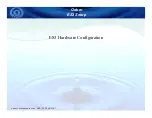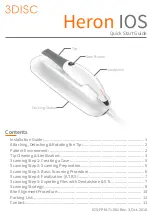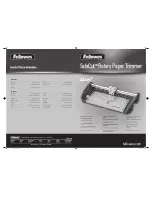
84
RIOTRONIC X+
User Manual
In hard rock, the best fragmentation is observed between three and five milliseconds per
meter. If the blast pattern has a five-meter spacing, the optimal delay is expected to be
between 15 and 25 milliseconds. Variations in rock type and geology will change this rule.
In very hard ground, the optimum delay may be as fast as one or two milliseconds per meter.
Whilst timing along the row (intra-row or inter-hole timing) has the greatest effect on
fragmentation, timing between rows is also important. If the timing between rows is too
short there is not enough time for the rock in the previous row to move. The effect of this is
that the ground movement tends to be up, fragmentation is reduced, the rock pile becomes
‘tight’ and heavy to dig and more of the explosive energy is directed back into the remaining
face causing over break. For general quarry blasting, the delay between rows should be at
least 15 milliseconds per meter of burden. For example, if the burden is 4.5 meters, the delay
between rows should be at least 67 milliseconds. Again, in very hard, brittle rock, which
responds quickly to explosives, this time may be reduced. If the timing between rows is too
long, the row fired will have time to settle before the next row fires. This would be like firing
a face with the previous blast only half dug out and would reduce the likelihood of secondary
fragmentation by flying rock fragments smashing into one another. It is up to the person in
charge.
One of the major benefits of using the RIOTRONIC X+ System is the ability to change timing
by increments to optimize the process. The first step in any blast timing optimization
program is to fire a couple of shots using the same planned timing as if the previous system
(non-electrics or electrics) was still being used. Quite often you will see a better blast just
because of the accuracy of the RIOTRONIC X+ detonators.
The table below contains a series of recommended delay times:
Recommended delay times based on Burden values
















































